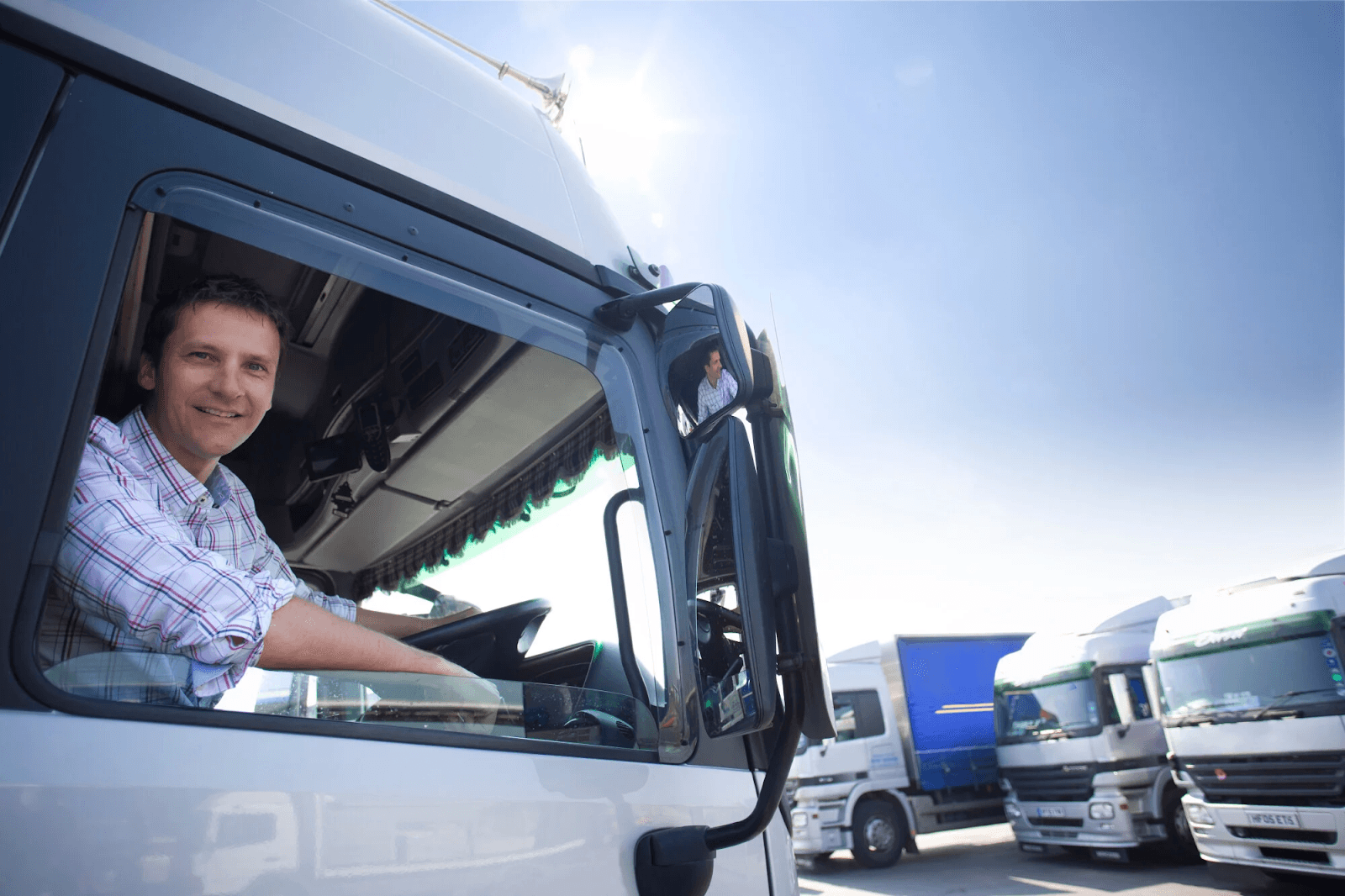business resources
How to Keep Your Commercial Vehicles Safe: Essential Tips That Can Help
27 Jun 2024, 4:05 pm GMT+1
Every day, commercial vehicles crisscross our roads, delivering goods and services that keep our world functioning smoothly. But with this constant movement comes the need to ensure these vehicles remain safe and reliable. For business owners, the safety of your commercial vehicles isn't just a matter of compliance; it's about protecting your investment, your employees, and the public. This guide will walk you through essential tips to keep your commercial fleet in top shape, ensuring safer journeys for everyone.
Regular Maintenance A Preventive Strategy
Scheduled Maintenance Prevents Major Issues
Regular maintenance is the backbone of vehicle safety. Just like how we go for regular health check-ups to catch potential issues early, commercial vehicles need the same level of care. Scheduled maintenance can prevent minor problems from turning into costly, dangerous situations. Make it a routine to check engine oil, brake fluids, tire pressure, and other critical components.
Inspections Save Lives
Periodic inspections can spot wear and tear you might miss during daily use. Components like brakes, tires, and lights should be checked by professionals regularly. By catching problems early, you not only save money on repairs but also prevent accidents caused by equipment failure. Remember, a well-maintained vehicle is a safe vehicle.
Documentation Is Key
Always keep meticulous records of all maintenance activities. This documentation helps you track the health of your vehicles over time and can be crucial if there's an accident or if you need to make an insurance claim. It also ensures that no maintenance task is overlooked.
Driver Training and Safety Protocols
Educate Your Drivers
Your drivers are the first line of defense when it comes to vehicle safety. Comprehensive training programs can equip them with the skills they need to handle the vehicle safely. This includes understanding vehicle dynamics, defensive driving techniques, and how to react in emergencies. Regular refresher courses are beneficial to keep their skills sharp.
Implement Safety Protocols
Establish clear safety protocols that all drivers must follow. These can include mandatory seatbelt use, speed limits, and guidelines for handling hazardous materials. Safety protocols serve as a constant reminder of the importance of safe driving practices.
Monitor and Reward Safe Driving
Use telematics and other tracking technologies to monitor your drivers' behavior on the road. Identify patterns that may indicate risky behavior, such as hard braking or rapid acceleration. Implement a rewards system to incentivize safe driving habits, fostering a culture of safety within your organization.
Utilizing Technology for Enhanced Safety
The Role of Telematics
Telematics systems provide real-time data on vehicle performance and driver behavior. They can alert you to issues before they become significant problems. With telematics, you can monitor everything from fuel efficiency to engine health, helping you maintain your fleet more effectively.
Cameras and Sensors
Installing cameras and sensors in your vehicles can significantly enhance safety. Dashcams can provide invaluable footage in the event of an accident, while sensors can alert drivers to obstacles or potential hazards. Moreover, fleet camera systems can track driver behavior, encouraging safer driving habits. That way, you can proactively address any issues that may arise.
Advanced Driver Assistance Systems (ADAS)
ADAS technologies, such as lane departure warnings and automatic emergency braking, can be lifesavers. They assist drivers by providing alerts and, in some cases, taking corrective action to avoid collisions. Investing in these systems can dramatically reduce the risk of accidents.
The Importance of Load Securement
Proper Load Distribution
Proper load securement is crucial for preventing accidents. Incorrectly loaded or unsecured cargo can shift during transit, leading to vehicle instability and accidents. Ensure that your drivers are trained in proper loading techniques and understand the importance of weight distribution.
Use the Right Equipment
Invest in high-quality tie-downs, straps, and other securement devices. Using the right equipment is essential for keeping the load stable and secure. Regularly inspect these tools for wear and tear and replace them as needed to ensure they are always in top condition.
Follow Regulations
Adhere to all local and international regulations regarding load securement. These regulations are in place to ensure safety on the roads. Non-compliance can result in hefty fines and increased liability in case of an accident. Always stay updated on the latest rules and standards.
Emergency Preparedness
Equip Your Vehicles
Every commercial vehicle should be equipped with a well-stocked emergency kit. This should include items like first aid supplies, fire extinguishers, reflective triangles, and basic tools. Being prepared can make a significant difference in handling unexpected situations on the road.
Train for Emergencies
Ensure your drivers know how to respond in emergencies. This includes knowing how to use the emergency kit, understanding basic first aid, and having procedures in place for different types of emergencies, such as breakdowns or accidents. Regular drills can help keep these skills fresh.
Communication Is Crucial
Establish a clear communication protocol for emergencies. Drivers should know whom to contact and what information to provide. Quick and effective communication can expedite assistance and minimize the impact of the emergency.

Keeping your commercial vehicles safe is an ongoing responsibility that requires diligence, training, and the right tools. By prioritizing regular maintenance, investing in driver training, utilizing advanced technologies, ensuring proper load securement, and being prepared for emergencies, you create a safer environment for your drivers and the public. These strategies collectively reduce risks, lower costs, and improve efficiency, contributing to the overall success of your business. Take the first step towards enhanced safety today and ensure your commercial vehicles are always road-ready.
Share this
Arthur Brown
Writer
A dad of 3 kids and a keen writer covering a range of topics such as Internet marketing, SEO and more! When not writing, he's found behind a drum kit.
previous
Key insights into the loan origination journey
next
Financial Inclusion And Education Empowered Fintech: Dinis Guarda Interviews Damu Winston, Global Head Of Web 3.0 Innovation At Amazon